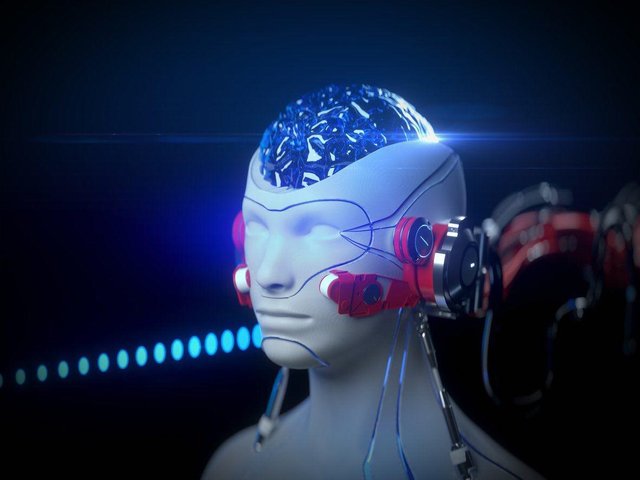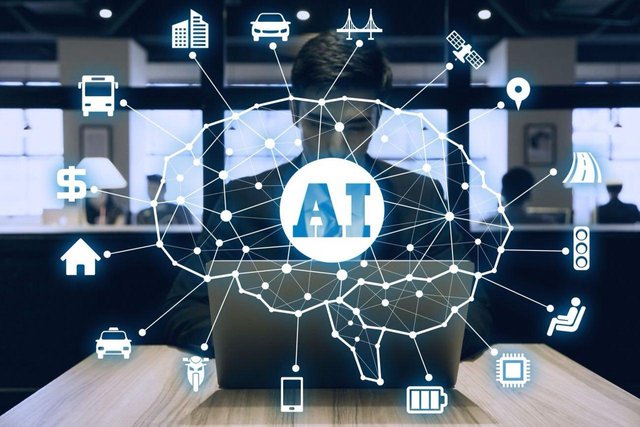What is Machine learning? An Informed Definition

Machine learning is one of the best fields of computer science. Machine learning is a type of artificial intelligence (AI) that gives computers the ability to learn without explicit programming. Machine learning focuses on the development of computer programs that can teach growth and change when exposed to new data. Machine learning studies computer algorithms to learn how to do things. We could, for example, be interested in learning to complete a task, or make accurate predictions, or behave intelligently. The learning that is always done is based on some kind of observations or data, such as examples (the most common case in this course), direct experience or instruction. So, in general, machine learning is about learning to improve in the future based on what was experienced in the past. The emphasis of machine learning is on automatic methods. In other words, the goal is to design learning algorithms that perform the learning automatically without intervention or human assistance. The machine learning paradigm can be seen as "example-setting". We often have a specific task in mind, such as spam filtering. But instead of programming the computer to solve the task directly, in machine learning, we look for methods by which the computer can create its own program from the examples we provide. Machine learning is a central subarea of artificial intelligence. It is very unlikely that we can build any kind of intelligent system capable of any of the facilities we associate with intelligence, such as language or vision, without using learning to get there. These tasks are simply too difficult to solve. Furthermore, we would not consider a system to be truly intelligent if it were not capable of learning, since learning is the core of intelligence. Although it is a subarea of AI, machine learning also intersects widely with other fields, especially statistics, but also mathematics, physics, theoretical informatics and more.
Due to new computer technologies, today machine learning is not like the automatic learning of the past. It was born from the recognition of patterns and the theory that computers can learn without being programmed to perform specific tasks; researchers interested in artificial intelligence wanted to see if computers could learn from the data. The iterative aspect of machine learning is important because as the models are exposed to new data, they can be adapted independently. They learn from previous computations to produce reliable and repeatable decisions and results. It is a science that is not new, but that is gaining new momentum.
While many machine learning algorithms have existed for a long time, the ability to automatically apply complex mathematical calculations to large volumes of data, over and over again, faster and faster, is a recent development. Here are some widely publicized examples of machine learning applications you may be familiar with:
The self-directed and highly publicized Google car? The essence of machine learning.
Do you offer online recommendations like Amazon and Netflix? Automatic learning applications for everyday life.
Do you know what customers say about you on Twitter? Machine learning combined with the creation of linguistic rules.
Detection of fraud? One of the most obvious and important uses in our world today.
Most industries that work with large amounts of data have recognized the value of machine learning technology. By collecting information from this data, often in real time, organizations can work more efficiently or gain an advantage over their competitors.

Financial services
Banks and other companies in the financial industry use machine learning technology for two key purposes: identifying important ideas in the data and preventing fraud. Knowledge can identify investment opportunities or help investors know when to trade. Data mining can also identify clients with high risk profiles or use cyber surveillance to detect danger signals of fraud.
government
Government agencies such as public safety and public services have a particular need for machine learning, since they have multiple sources of data that can be extracted to obtain information. Sensor data analysis, for example, identifies ways to increase efficiency and save money. Machine learning can also help detect fraud and minimize identity theft.
Health care
Machine learning is a rapidly growing trend in the healthcare industry, thanks to the advent of portable devices and sensors that can use data to assess patient health in real time. The technology can also help medical experts analyze data to identify trends or alerts that can lead to improved diagnostics and treatments.
Marketing and sales
The websites that recommend the articles that you may like based on previous purchases use machine learning to analyze your purchase history and promote other items that interest you. This ability to capture data, analyze it and use it to personalize a shopping experience (or implementation) a marketing campaign) is the future of retail.
Oil and gas
Find new sources of energy. Analyzing minerals in the soil. Predict refinery sensor failure. Rationalization of oil distribution to make it more efficient and profitable. The number of use cases of machine learning for this industry is huge, and continues to expand.
Transport
The analysis of data to identify patterns and trends is key for the transport industry, which is based on making routes more efficient and on predicting possible problems to increase profitability. Data analysis and modeling aspects of machine learning are important tools for distribution companies, public transport and other transport organizations.
What are some popular methods of machine learning?
Two of the most widely adopted machine learning methods are supervised learning and unsupervised learning, but there are also other machine learning methods. Here is a general description of the most popular types.
Supervised learning algorithms are trained using labeled examples, such as an entry where the desired result is known. For example, a piece of equipment might have data points labeled "F" (failed) or "R" (executed). The learning algorithm receives a set of inputs together with the corresponding correct outputs, and the algorithm learns by comparing its actual output with the correct outputs to find errors. Then modify the model accordingly. Through methods such as classification, regression, prediction, and gradient augmentation, supervised learning uses patterns to predict label values in additional unlabeled data. Supervised learning is commonly used in applications where historical data predict probable future events. For example, you can anticipate when credit card transactions are likely to be fraudulent or which insurance customer is likely to file a claim.
Unsupervised learning is used in comparison with data that does not have historical labels. The "correct answer" is not told to the system. The algorithm must discover what is shown. The objective is to explore the data and find some structure inside. Unsupervised learning works well on transactional data. For example, you can identify customer segments with similar attributes that can then be treated similarly in marketing campaigns. Or you can find the main attributes that separate customer segments from each other. Popular techniques include self-organized maps, mapping of the nearest neighbor, k-means clustering and decomposition of singular values. These algorithms are also used to segment text topics, recommend elements and identify outliers of data.
Semisupervised learning is used for the same applications as supervised learning. But it uses tagged and untagged data for training, usually a small amount of data tagged with a large amount of untagged data (because tagged data is less expensive and requires less effort to acquire it). This type of learning can be used with methods such as classification, regression and prediction. Semisupervised learning is useful when the cost associated with labeling is too high to allow a fully labeled training process. The first examples of this include identifying a person's face on a webcam.
Reinforcement learning is often used for robotics, games and navigation. With reinforcement learning, the algorithm discovers through trial and error which actions yield the greatest rewards. This type of learning has three main components: the agent (the one who learns or the one who makes the decisions), the environment (everything the agent interacts with) and the actions (what the agent can do). The objective is for the agent to choose actions that maximize the expected reward during a certain period of time. The agent will achieve the goal much faster by following a good policy. So, the goal in reinforcement learning is to learn the best policy.
I hope this helps!